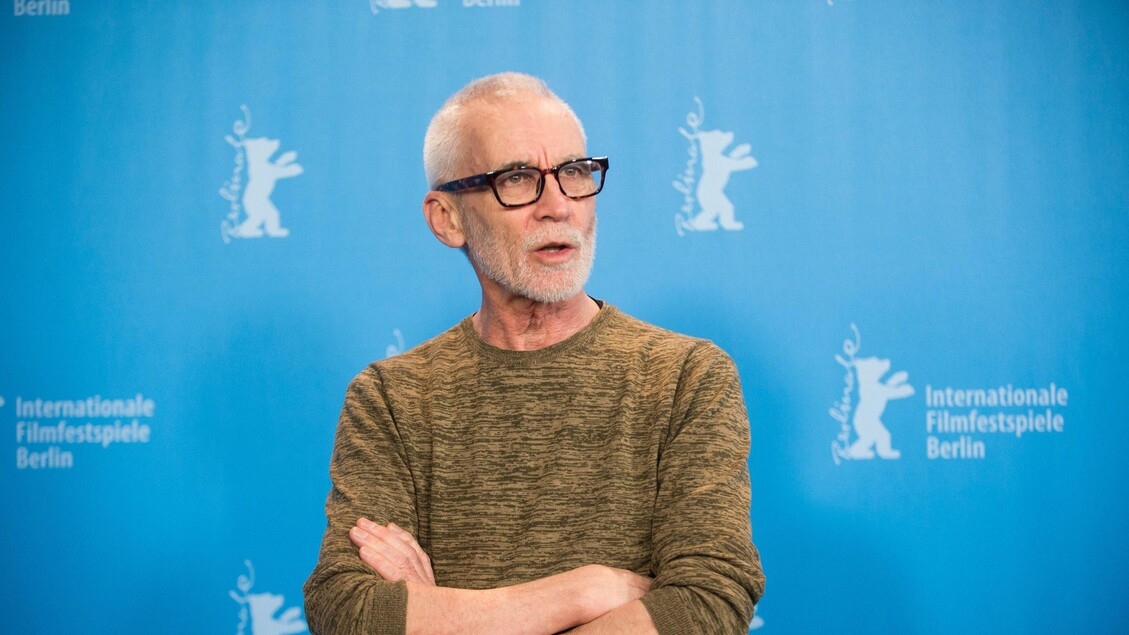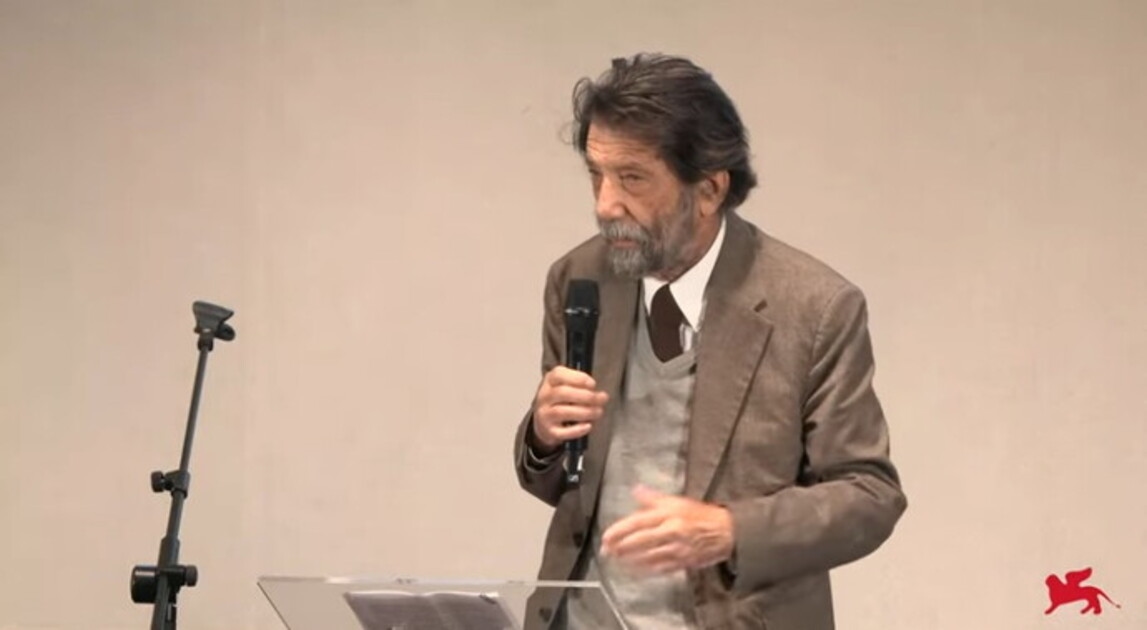In a book by Riccardi, a portrait of Salvatore Ottolenghi, the man who invented forensic science.

Rome, June 4, 1902: without an appointment, a young doctor walks through the doors of the Director General of Public Security. Within minutes, he convinces Minister Giolitti to create something that doesn't exist: a School of Forensic Science. Three months later, the world's first course, transforming investigation from an empirical practice to a science-based discipline, is launched at Regina Coeli. At the heart of this revolution is Salvatore Ottolenghi, a Jew from Asti, a student of Cesare Lombroso, driven by the desire to ensure justice is truly done. He created the identification badge, the international network of police cooperation, and the Italian identity card. Under his guidance, detectives are trained who will tackle cases destined to go down in history: from the Matteotti murder to the Amnesiac of Collegno, from the Girolimoni monster to the mysteries of Queen Elena's court. The book "Salvatore Ottolenghi, Inventor of the Scientific Police" by Roberto Riccardi (Giuntina) paints a portrait of a man who forever changed the face of investigation, pushing Italy to the forefront of forensic science. An epic tale spanning half a century of history, from the Risorgimento to Fascism, and leaving a legacy destined to stand the test of time.
Roberto Riccardi, a Carabinieri general and journalist, has written several biographies for Giuntina, including the bestseller Sono stato un numero. Alberto Sed racconta (2009). The Crazy Butterfly (2013), written with Giulia Spizzichino, was adapted into a TV movie by Rai, starring Elena Sofia Ricci.
Adnkronos International (AKI)





